The thalamus is a walnut-sized structure buried at the center of the cerebrum. Nearly all sensory information that enters the cerebral cortex goes through the thalamus. The major exception to this rule... Read more »
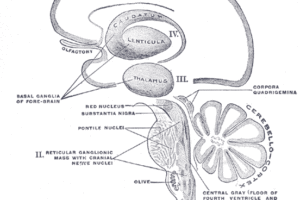
Telencephalic areas, or cerebrum, arise from the developmental structure known as the telencephalon. These areas include the cerebral cortex, the basal ganglia, and the olfactory bulb. Together with the diencephalon, the telencephalon... Read more »
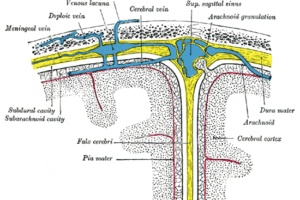
The meninges are made up of three layers (dura mater, arachnoid, and pia mater) that enclose the central nervous system. Working with the cerebrospinal fluid, they function to cushion and nourish the... Read more »
VPM and VPL send projections up to primary somatosensory cortex, defined by Brodmann’s areas 3, 1, and 2 sitting on the post-central gyrus. Because all the somatosensory tracts are crossed (remember the... Read more »

Peripheral Receptors The trigeminal nerve carries information all the same type of peripheral receptors as both the DC-ML and anterolateral systems. Read more »
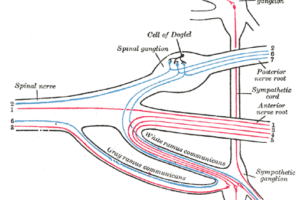
The anterolateral system carries pain and temperature information from the periphery to the VPL nucleus of the thalamus, and on up into the somatosensory cortex. Read more »
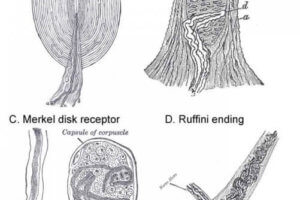
Peripheral Receptors Because this system carries a variety of sensations, including light touch, proprioception and vibratory information, it requires a variety of sensory receptor cells. The light touch and vibratory receptors are... Read more »
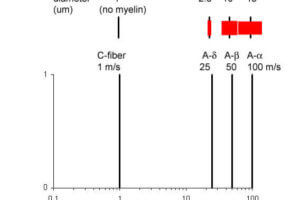
Fibers within a peripheral nerve are classified by conduction speed and diameter. Read more »
Alzheimer’s dementia (AD) is the most common cause of dementia in western society. Disease specific treatments that are currently available do not appear to alter the course of the illness, though may... Read more »
Syphilis, a sexually transmitted infection caused by the spirochete Treponema pallidum has recently been re-emerging in the general population. Central nervous system involvement by this infection is referred to as neurosyphilis. Neurosyphilis... Read more »
